Two cameras, both alike digitally, in fair videoland, where we lay our scene.
by David Hague
Sony’s A7 and A7R mirrorless cameras have caused quite a buzz in photo-land, and delving a little way past the press shots, it’s not hard to see why. If nothing else, they pack a full size sensor into a compact body, and for some reason that’s more rare than it should be.
With that monster sensor, it’s little surprise it takes great shots. But perhaps not so obvious is the price point, which is pleasantly affordable.
The A7 and A7R both use E-mount lenses, and in terms of features are comparable with their DSLR big brothers. Strong start Sony, but let’s dig a little deeper.
What sets the two apart?
The A7 is a 24-megapixel camera, where the A7r is a whopping 36. There is a corresponding price variation too as would be expected, with the A7 (body only) retailing at around $1999 and the A7r at $2499. There are other minor differences too, with for example the A7r lacking an anti-aliasing filter, which creates video problems but for stills gives it an edge in detail.
Both models share the same body, which is seemingly made up from the spare parts bin of other models – the grip of an NEX-6 and the controls of an RX1for starters. This is an intelligent approach – they’re good parts anyway and users familiar with these bits of kit will move to the new model seamlessly.
HARDWARE AND SOFTWARE
The ergonomics are very good. Some commentators have said they felt Sony missed being perfect ‘by that much’, but let’s face it, ergonomics can be very personal. A person with big, clumsy hands will have a completely different reaction to most cameras from a small-handed shooter. I’m somewhere in the middle, and had no great issue with the controls. All of this is packed into a fully ‘weather-sealed’ body, too. Nice touch.
Much of the control system of the A7/A7r is customisable, and the menu system is clear and concise. Everything the seasoned shooter wants is here including Wi-Fi, HDR and even panorama mode.
Then there is the ever-growing list of slightly odd digital-age features that I’m not quite sure who uses. These models have a decent list of them – Face Detection, Face Registration, Face Selection, Smile Detection, and Wealth Detection. I may have invented one of those, but in truth I’m not quite sure that the market this type of camera is aimed at would use these functions, any more than they would turn on the auto focus and leave it there.
My biggest gripe with this latest breed of camera and camcorder is the trend to scrimp on the electronic viewfinder. I can’t shoot properly without one, perhaps it’s a generational thing. Thankfully though, with the A7R you have the choice of framing with either the EVF, or you can use the 3” tilting 2.4 million dot OLED viewfinder on the rear.
Ergonomics, functions, hardware, whatever. Does the thing take pretty pictures? Yes, it does. Very. Highly detailed, excellent colour reproduction, impressive ISO range and dynamic range. Full marks.
VIDEO
Video mode in a stills camera. That old chestnut. Sure, video is not the A7r’s <raison d’être>, but if you are going to put the capability into a full frame camera, then one would hope they would spend some time tuning it to make it worthwhile. And let’s be honest – a lot of the market are buying these things purely <for> video.
Specs wise, the new BIONZ processor lets you shoot 50p/25p full frame video at 1920 x 1080 AVCHD progressive. Impressive, if you’ve worked out a post pathway for AVCHD that you’re happy with.
Yes, with the full size sensor you can use the higher ISO (between 50 and 51,200 when boosted), but that is offset in the fact the so-so lens kit is the only one with stabilisation. This is rather important in terms of video, especially in action shots or in the sporting arena. In other words, if using any other of the Sony lenses (or a 3rd party one) rather than the kit lens, a tripod is a definite must have.
Thankfully though, other areas have been well thought-through. Areas like sound – there’s a proper headphone jack and external microphone input. There’s also an inbuilt stereo mic, but I’d be loathe to rely on that. There’s even an HDMI output that can be used live to monitor the shoot while recording. Not bad at all.
Where we fall down for video is in recording capability. Moire patterning and aliasing are clearly evident, so stabilisation and not tot much movement in shot are very important. This does pare back it’s flexibility as a filmmaking camera. A score of ‘adequate’ would be my verdict.
LENSES
As I write this there are five E-mount lenses specifically for the A7 series and there is also an adaptor available to take A-mount lenses. The E-mount full-frame models include two mid-range zooms by Sony and Carl Zeiss, two bright Sonnar T* primes and a premium-quality G lens telephoto zoom.
With other adaptors, 3rd party lenses can also be used such as all Canon EF lenses.
BATTERY
Hmmm. Looks like we’ve stumbled on the Achilles’ heel. Thankfully it is not insurmountable, but one that you should definitely consider before purchase.
The A7r is a battery hog, pure and simple. It’s mandatory that you carry spare batteries with you, particularly if you’re shooting video. Initially I thought it might have been my particular usage, but checking around, I see that others have found the same problem. Perhaps bend the retailer or dealer’s arm at the time of haggling for a few extras?
SUMMARY
The A7r is no doubt a top value camera, giving enormous bang for buck as well as for physical size. At a mere 407 grams (body only), at this time the A7 series can rightly lay claim to the world’s smallest full frame sensor camera.
Images from the A7r are as good as it gets. Video usage is not at the same excellence however, but as has been said, this camera was not designed with video as a first priority.
If you are in the market for a new DSLR but are prepared to take a slight change of direction, then you won’t be disappointed with an A7. If you are currently a compact camera user looking to step up, then you’ll be delighted!
| Pros: | Excellent images. Bang for buck. |
| Cons: | Battery hog. Video only adequate. |
| Price: | Around $2,000 (body only) |
| Comments: | As a still camera, the A7r is truly exceptional and it was hard to send it back. For video, not so good. |

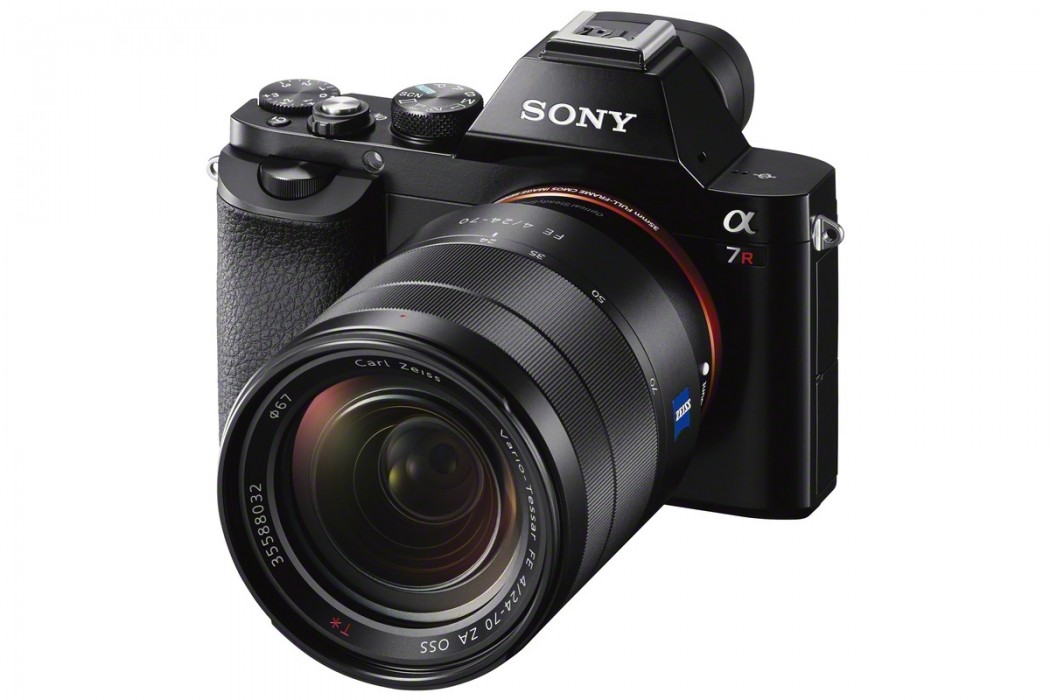
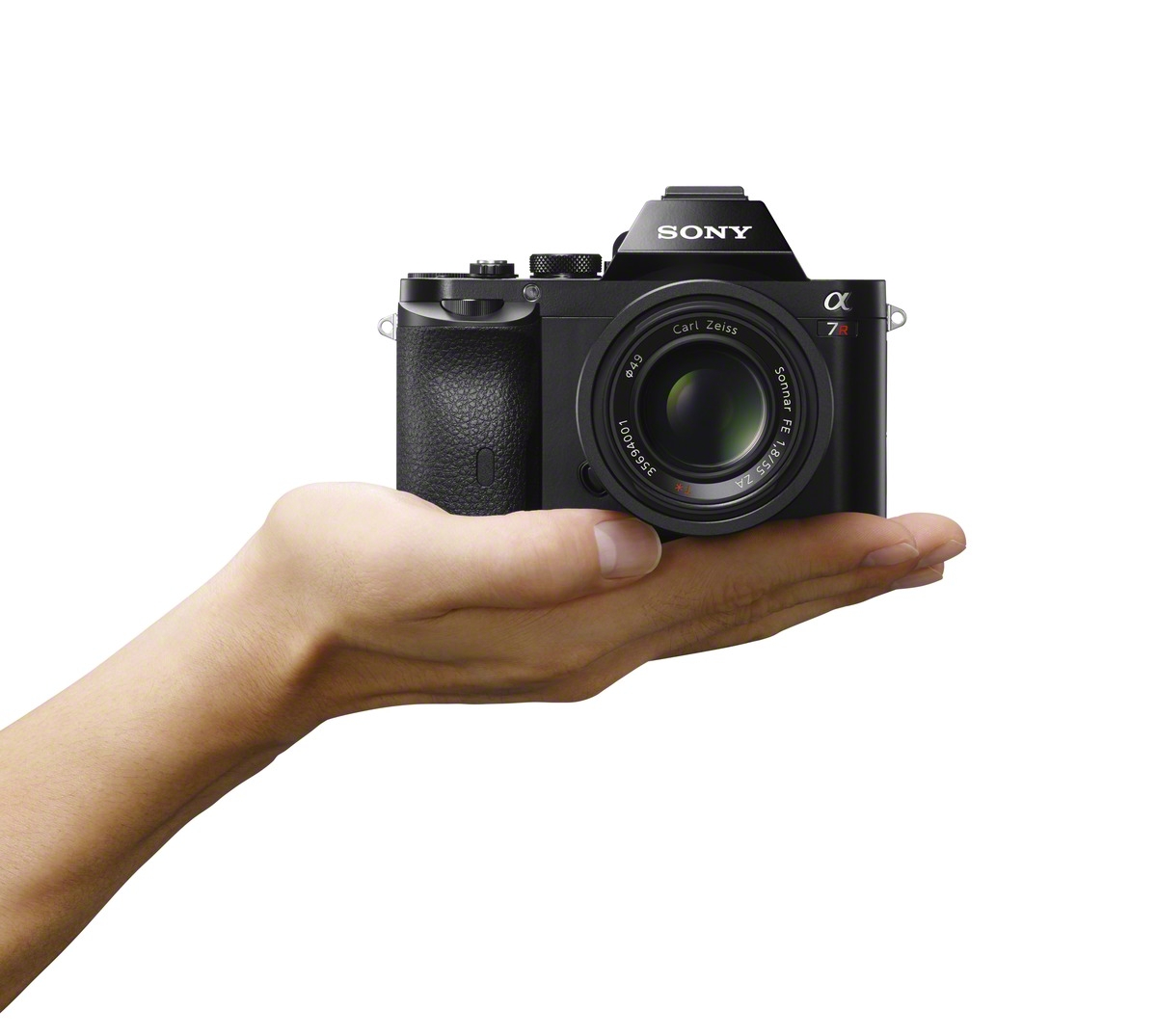
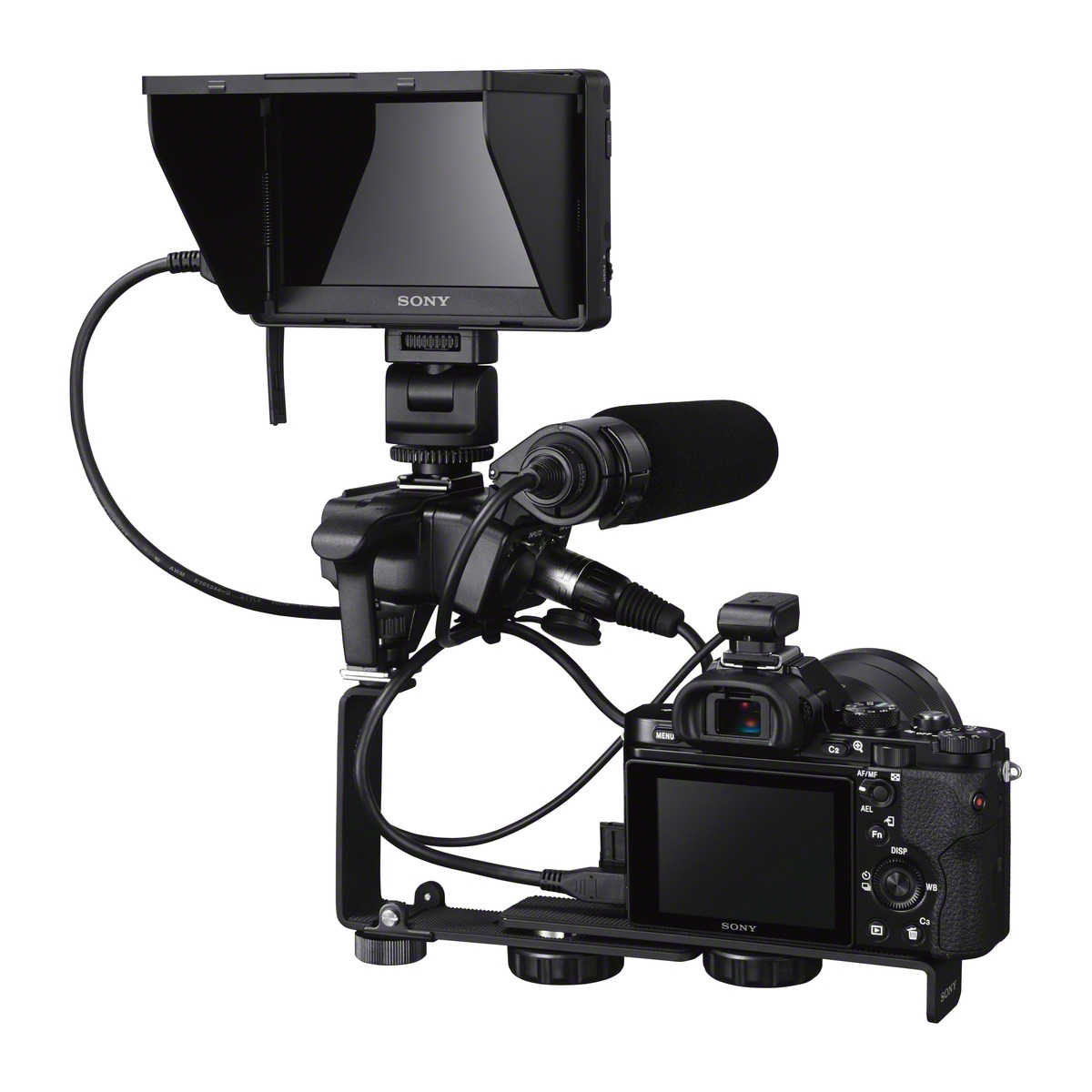
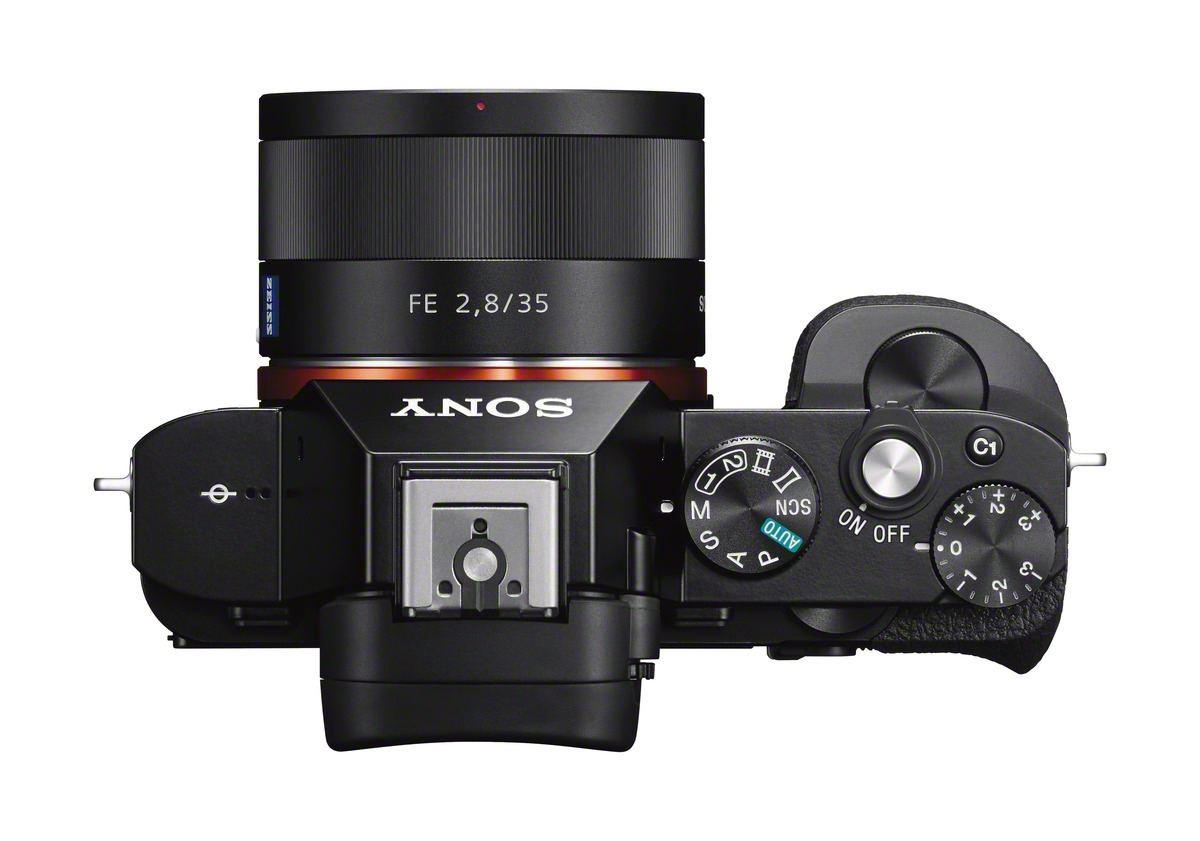
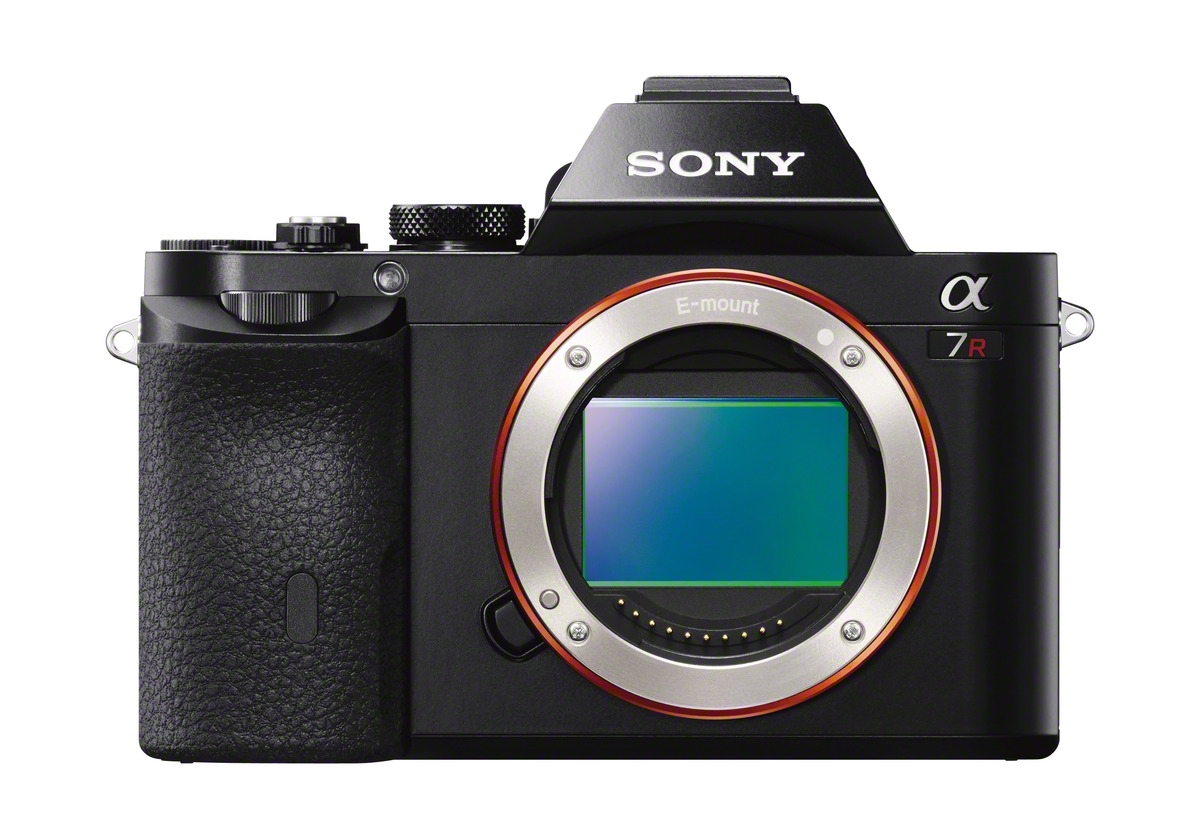

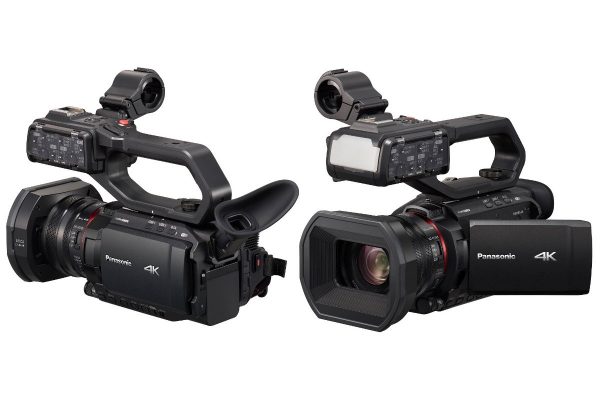

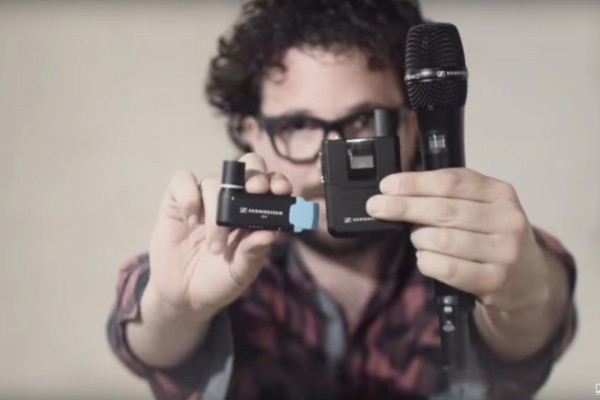
DR25
This camera is awesome! The creative options seem endless especially when you use a lens adapter.
Right now i’m hooked on manual focus with my Canon 50mm 1.4 mounted with the Vitrox adapter.
The results speak for them self.
http://bit.ly/1roHVsV
http://bit.ly/1pgvJqH
Nicole Boyd
Beautiful pics! Thanx so much for your contribution hey, we appreciate it 🙂